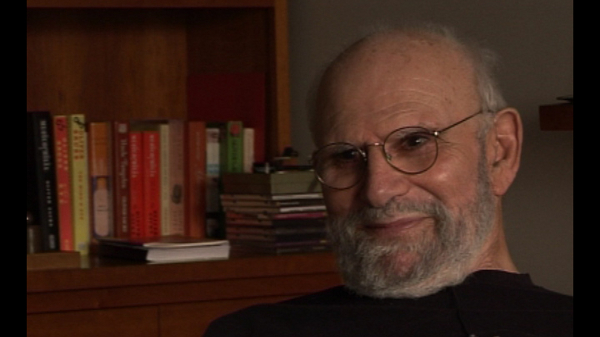Some of what I’d written was condensed and published under the title of Brilliant Light in The New Yorker. But at that point I couldn’t see my way much beyond an article or perhaps a series of articles, and... and now by one of these strange fertilising cross-currents, I have to bring in something else. One can’t tell a linear history, history isn’t linear. Natural history isn’t linear, personal history isn’t linear, military history isn’t linear. They’re... they're all full of innumerable interacting cross-currents and contingencies.
One of my loves, as I indicated when I spoke of the cycad trees in Guam, one of my loves has been botanical and particularly not flowering plants, which I regard as rather vulgar and trendy sometimes, but more primitive plants like mosses and ferns and cycads and ginkgos. I had become a member of the American Fern Society, which I encountered quite by accident in 1993. I had been wandering around one of the buildings in the [New York] Botanic [sic]Garden with a friend of mine and we blundered into a meeting in progress. And it was very extraordinary. It was like a timewarp. I suddenly felt this was a meeting of the Linnean Society in 1855 or something. There was an extraordinary wonderful old-fashioned quality and enthusiasm about this meeting. Andrew [Wilkes], my friend, said to me, 'These are your people'. And... and he was right. And I became a member of this amateur fern society which had branches all over the States, in fact, has branches all over the world. The fern society would go on forays, on fern forays, perhaps to the wetlands in New Jersey, or... or to some other place where there were unusual ferns. And in 2000, there was a really big foray. We were to go, a number of us, perhaps 20 of us, as a group to Oaxaca in Mexico which has an extraordinary rich fern... an extraordinary rich fern flora. There’s something like 700 species of fern in Oaxaca. And other people from the West Coast and... and the Midwest would be converging, and we would... we would all converge in Oaxaca.






